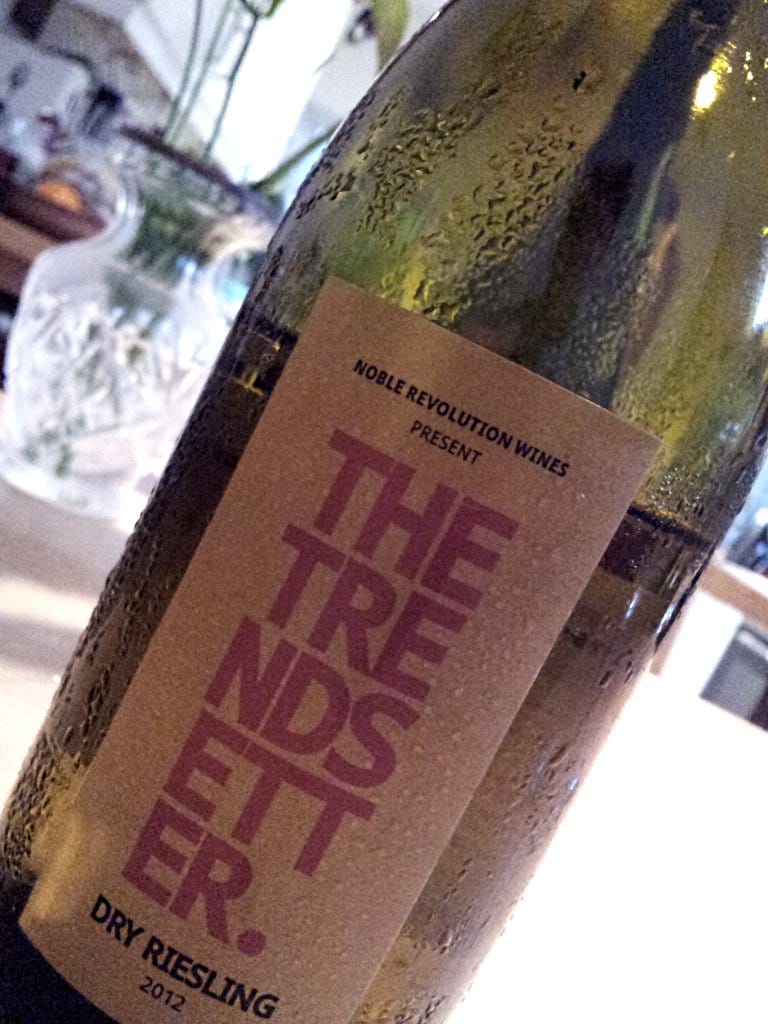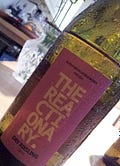Does Riesling need a revolution?

Despite being the darling of the wine trade for what seems like decades, German Riesling still has an image problem in the UK. Why is it that we can't get the abominations of Liebfraumilch, Blue Nun and Black Tower out of our heads? Perhaps we're simply too attached to our folk memory of the 1970s - an age of bad taste, questionable fashion and worse wi…
Keep reading with a 7-day free trial
Subscribe to The Morning Claret to keep reading this post and get 7 days of free access to the full post archives.



